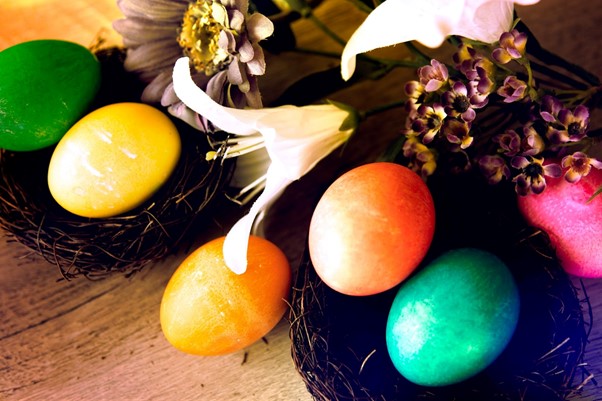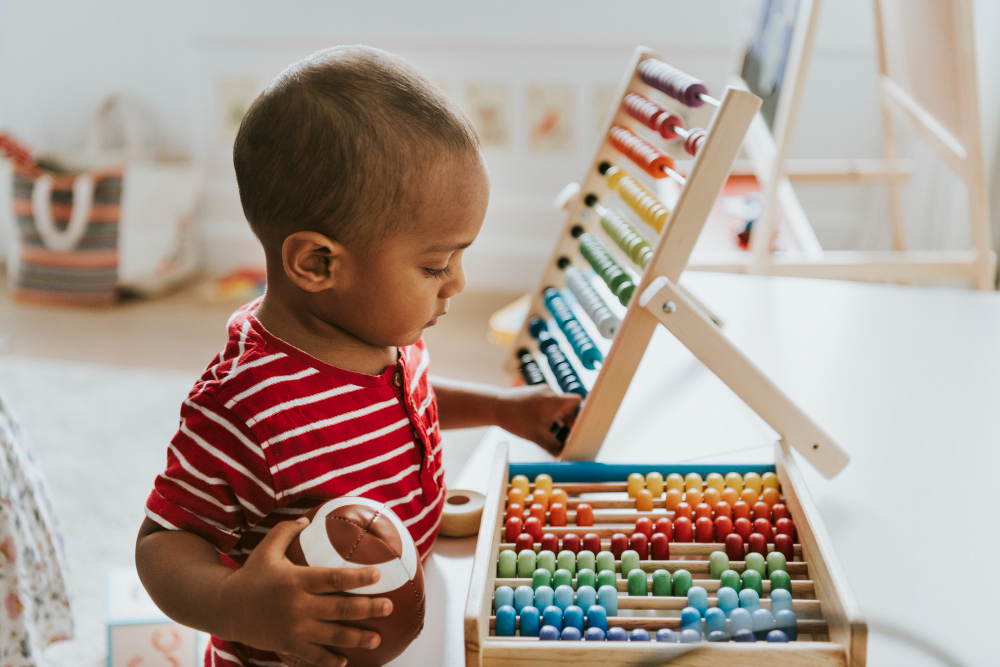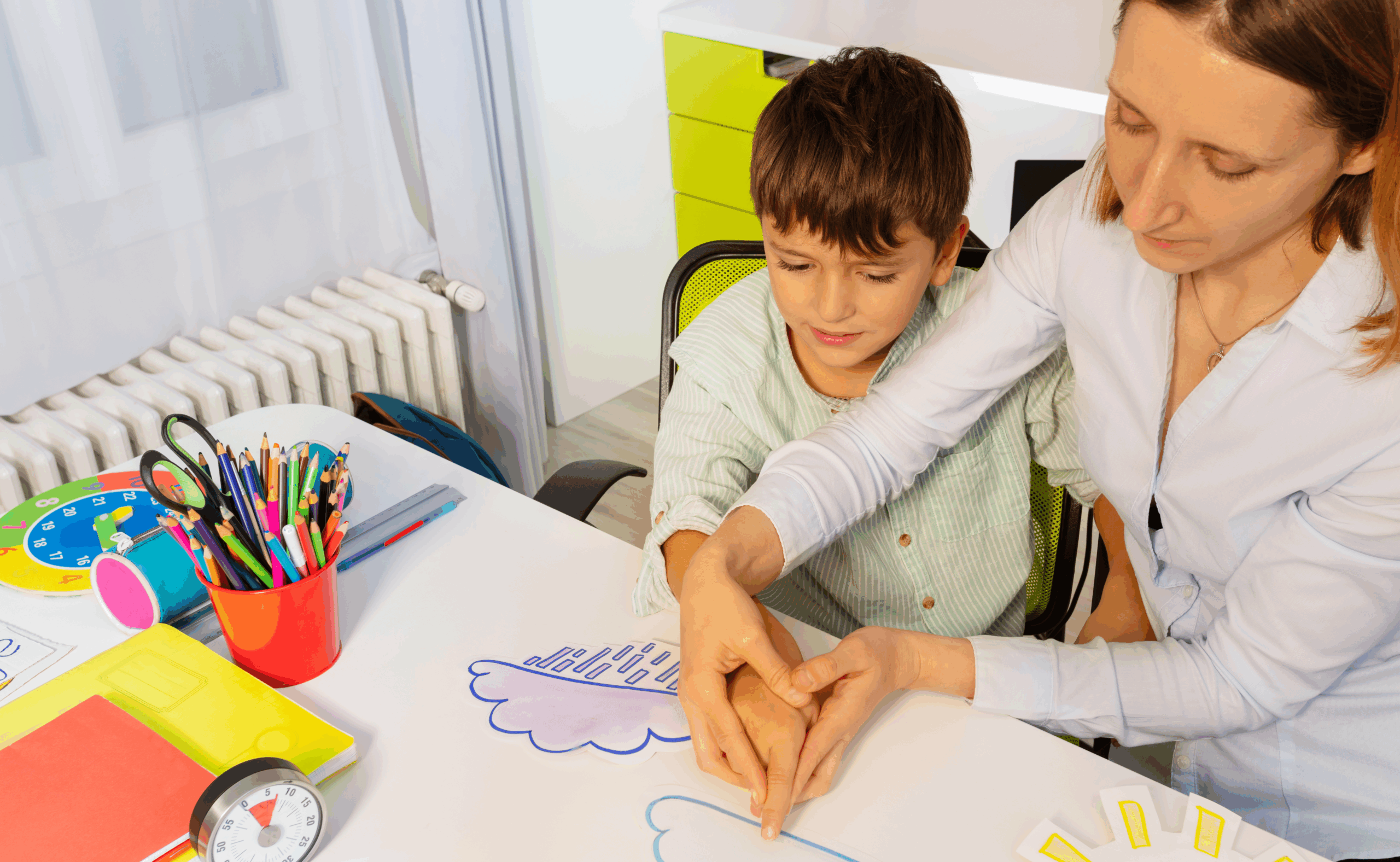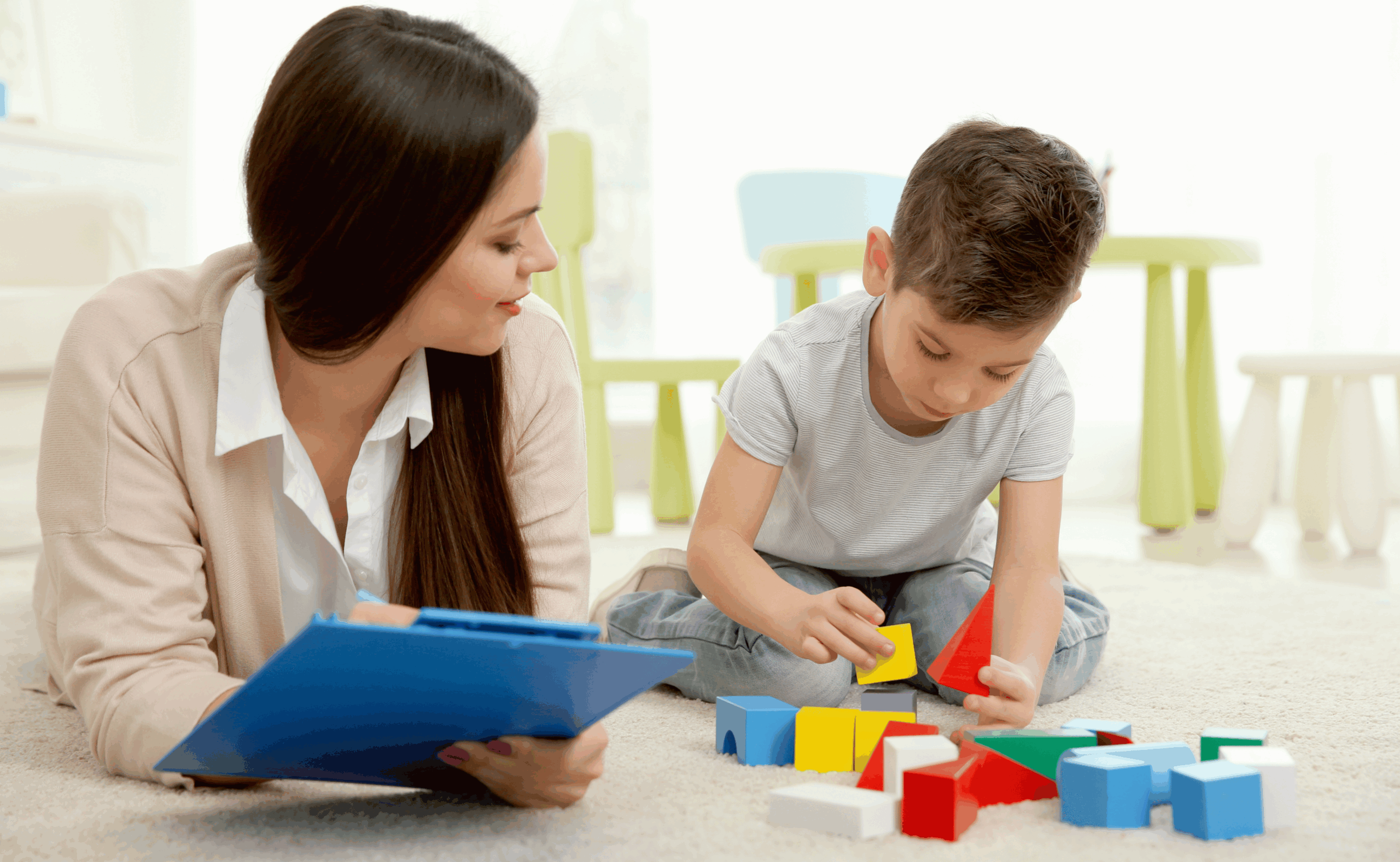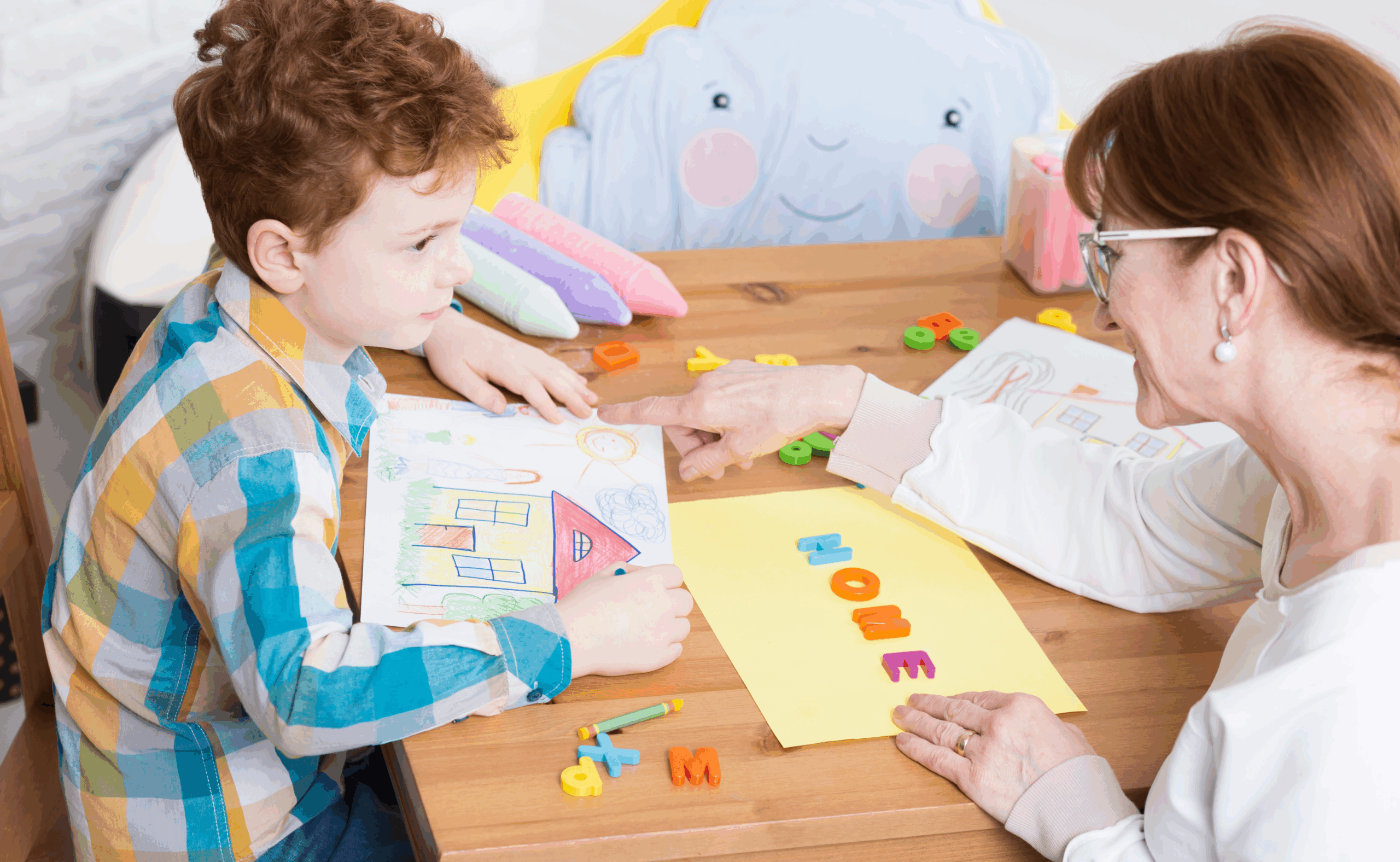Coloring eggs is a fun and easy way to get the kids involved in your Easter celebrations. In this article, we’re looking at the best ways to dye Easter eggs, from food coloring to more natural options like fruits and spices.
Later on, we’ll also share tips on how to turn this beloved tradition into teaching moments. Let’s get started!
How to Dye Easter Eggs Using Food Coloring
Before you start food coloring eggs, prepare everything you need. Here’s a list of what you’ll need:
- A dozen eggs or more
- White vinegar or lemon juice
- Food coloring (liquid, gel, or powder)
- Small bowls or cups (at least one per color)
- Water
- A spoon or other stirring tools
Lastly, don’t forget paper towels and gloves—this process can get messy, particularly with curious kids in tow.
Boil the raw eggs.
For safety, don’t dye raw eggs. Boil them first. This makes them easier to handle, especially if you’re planning to decorate eggs with toddlers and young children.
To make hard boiled eggs:
- Place your raw eggs into a large pot.
- Fill the pot with enough water to cover the egg by 1 inch.
- Bring the pot to a full boil over high heat.
- Remove it from the heat and let it stand for 10 minutes.
- Take them out and let cool. To speed up the cooling process, you can place the boiled eggs in a bowl of cold water or ice water.
- Drain and dry.
While your hard boiled eggs sit, get started on mixing your dye solution.
Prepare your Easter egg dye.
Begin by mixing 1/2 teaspoon of white vinegar with one cup of hot water.
Next, add ten to 20 drops of food coloring if you’re using the regular liquid type. You’ll need less if you’re using gel food coloring because it’s more concentrated. On the other hand, follow the instructions on the packet for powdered food coloring.
The amount of food coloring you use will depend on the shade you want—the more drops of food color, the darker the shade when you dye eggs.
You can use just one color, or mix colors together to achieve more shade variations. For instance, try mixing two drops of red with three drops of blue food coloring for a rosy purple, or two drops of yellow with one drop of green for a bright lime color.
Begin dye-ing Easter eggs.
Use a spoon to lower the egg into the colored water, and then rotate the egg underwater so all sides are evenly covered by the food color.
Let it sit for a couple of minutes after dipping, then remove the hard boiled egg from the solution and examine it. Is it the shade you were hoping for? If not, dip again for a few more minutes and check again.
For pastel shades, leave the egg inside for no more than five minutes. This allows the base color (for white eggs) to show through, and you’ll have Easter eggs that are more soft and pale rather than saturated.
To get a more vibrant color for your Easter eggs, leave them in the dye baths for longer. You can also add more food coloring if the dye solution itself isn’t dark enough.
Let your dyed eggs dry.
Once you’ve colored your eggs, you’ll want to set them aside to dry. Place eggs on clean paper towels, a drying rack, or in an empty egg carton so they don’t roll around or fall over.
Leave them for at least half an hour until the shells are completely dry to the touch. In general, the longer you can let them dry, the better, since this will allow the food coloring to set properly.
If you have more than one egg of a particular color, lay them about an inch apart. This prevents the food coloring from bleeding into each other as they dry.
That’s it! Your beautiful dyed Easter eggs are now ready for anything, whether you’re planning an Easter egg hunt, filling up Easter gift baskets, or giving out Easter eggs with food and drinks during your party!
5 Ways to Dye Easter Eggs Without Food Coloring
Aside from using food dyes, there are plenty of other ways to infuse your Easter eggs with a rainbow of colors. We’ve collected five of our favorite methods below:
-
Try fruits and fruit juices for coloring Easter eggs.
For instance, blueberries will give you a pretty purple hue, while citrus juices will give a bright yellow hue for decorating Easter eggs. You can also try raspberries for pink eggs and blackberries for blue-tinted eggs.
-
Use classic Kool-Aid powder to dye eggs.
One of the easiest ways to dye eggs without food coloring is with different Kool-Aid flavors. Just mix the powder with hot water and dip your hard boiled eggs into the dye until you reach the desired color.
-
Dip your Easter eggs in coffee or tea.
The tannins in coffee or tea are natural dyes. Additionally, this is a great option for anyone who wants to decorate Easter eggs with shades of brown and green. Simply brew some coffee or tea (or even leftover coffee grounds!) and use it to color your eggs.
-
Use vegetables like beets and red cabbage for dyeing Easter eggs.
Beets will dye Easter eggs pink or purple, while red cabbage will turn the egg blue or green (yes, really). If you have any of these vegetables on hand, try them out! You can also experiment with other vegetables like spinach and carrots to decorate Easter eggs.
-
Dye Easter eggs with turmeric and other spices.
This will give your eggs an orange or yellow hue. Other spices you can use include paprika, ground mustard, and chili powder.
7 Lessons to Teach Kids While Decorating Easter Eggs
Finally, Easter egg decorating is more than just a fun activity to help pass the time. It’s also an amazing chance to introduce kids to new concepts and skills while spending time together as a family.
Related Read: Top 5 Fun and Educational Spring Activities for Kids
Here are seven awesome ways to turn the Easter egg decorating process into a teaching moment:
-
Practice Fine Motor Skills as You Dye Easter Eggs
Fine motor skills are the small movements we make with the muscles in our fingers, hands, and wrists. It’s important for your child to develop these skills so they can do things like hold a pencil or tie their shoes.
Painting eggs with food coloring allows kids to practice fine motor skills throughout the entire process.
For instance, ask them to take out the eggs from the egg carton. Then, let them drop the eggs into their desired color and stir them around. Finally, teach them how to fish out the dyed Easter eggs with tongs or slotted spoons before placing them on paper towels or a wire egg holder.
Naturally, expect them to make a mess while they dye Easter eggs. That’s part of the fun (and a practical lesson on cleaning up afterward)!
Related Read: Are Exersaucers Bad for Babies?
-
Tell Your Kid About The History of Easter While Dying Eggs
Easter is celebrated by many different cultures around the world, but many of these celebrations center around traditions involving eggs—because eggs are meant to represent new life.
Talk about these traditions with your child while you’re dyeing eggs together. For example, you could tell them that in ancient Roman times, people would paint eggs red before placing them in graves to symbolize rebirth.
-
Teach Kids Simple Science & Biology Using Easter Eggs
Ask your children to observe what happens to eggs during the cooking and cooling process.
For instance, explain why we use boiling water to cook the eggs and how it makes them safe to eat. Use this as an opportunity to teach your children basic chemistry concepts such as heat, temperature, and atomic structure.
They’ll start seeing their favorite foods in a whole new light! You can even turn it into a mini cooking session by turning the hard boiled eggs into yummy deviled eggs later on.
-
Use Colored Easter Eggs to Introduce Basic Math Concepts
Math concepts are often best taught by having fun. As your children sort their colored eggs into piles or count out their un-colored eggs, it’s a great chance to demonstrate patterns and arithmetic concepts.
For instance, hold up an egg and ask your toddler how many eggs they can see. Ask older kids to solve simple math problems, such as what happens when you put nine yellow eggs in one pile and then add seven more?
-
Practice Vocabulary Lessons While Coloring Eggs
Egg decorating is a great time to let your child practice their vocabulary skills.
For instance, teach them sight words in conjunction with colors: when coloring an orange egg, say “orange” and have your child repeat it, or say “the orange egg is on the table” and have your child repeat it.
If your child is older and learning parts of speech, you can say sentences like “this egg is red” or “the red egg is in the basket” for your child to repeat. Or you can ask questions like “what color is this egg?”
In addition, encourage them to use full sentences when talking about the colors (“I’m going to use purple dye”).
You can also use Easter eggs to expand their vocabulary. For example, if you dip an egg into a green dye bath, you might describe it as vibrant or bright or cheerful. If you dip an egg into a blue dye bath, call it azure or turquoise or cerulean.
-
Explore Color Theory While Dyeing Eggs with Your Child
Coloring eggs is a rich opportunity to discuss color theory. You can explain the difference between colors and how they affect each other.
While they mix and match different dyes, talk about what happens when you add colors together (think: orange and red make brown, but purple and yellow make orange).
Discuss the primary colors and how they combine to make all of the other colors—you can even write them down, using a white crayon on the egg before you dye it so that they stand out against the color.
Similarly, different shades of the same color can be explained by adding a little black or white to the original color.
We recommend preparing at least a couple dozen eggs: most kids get so excited, they end up using lots of eggs for their different color experiments.
Related Read: When Do Toddlers Learn Colors? Here’s What You Should Know
Happy Easter!
No matter how you’re planning to celebrate Easter, we hope you and your whole family have tons of fun coloring eggs, bonding with each other, and making special memories on this wonderful day.
Frequently Asked Questions
How do you dye brown eggs with food coloring?
You can dye brown eggs with food coloring just as you would white eggs, the only difference being that they will require more dye to achieve the same depth of color.
Is it better to color warm or cold Easter?
You can color Easter eggs warm or cold—either is fine! However, it’s easier to hold them when they’re cool to the touch.
Can you color raw Easter eggs?
Yes, you can color raw eggs. But to be on the safe side, it’s a good idea to boil them anyway.
This not only kills any bacteria that might be present in the egg (like E. coli, which is commonly found in raw or undercooked eggs) but it also makes them more durable.
Boiled eggs are harder to break, which will help prevent a big mess if one does get broken when you’re trying to color or decorate it.
Do you need vinegar to color Easter eggs?
No, but adding vinegar to food coloring can really bring your Easter eggs to life.
First, the vinegar helps to set the dye and make it last longer. This is especially important if you’re going for a vibrant or dark tone. Second, the vinegar helps to keep the eggs from spoiling. If you don’t have vinegar, you can also use lemon juice.
Can you paint Easter eggs using gel food color?
Yes, you can. Gel food coloring is less diluted than regular food coloring, so you need to use less of it. We suggest starting with only one or two drops and adding more as needed.

